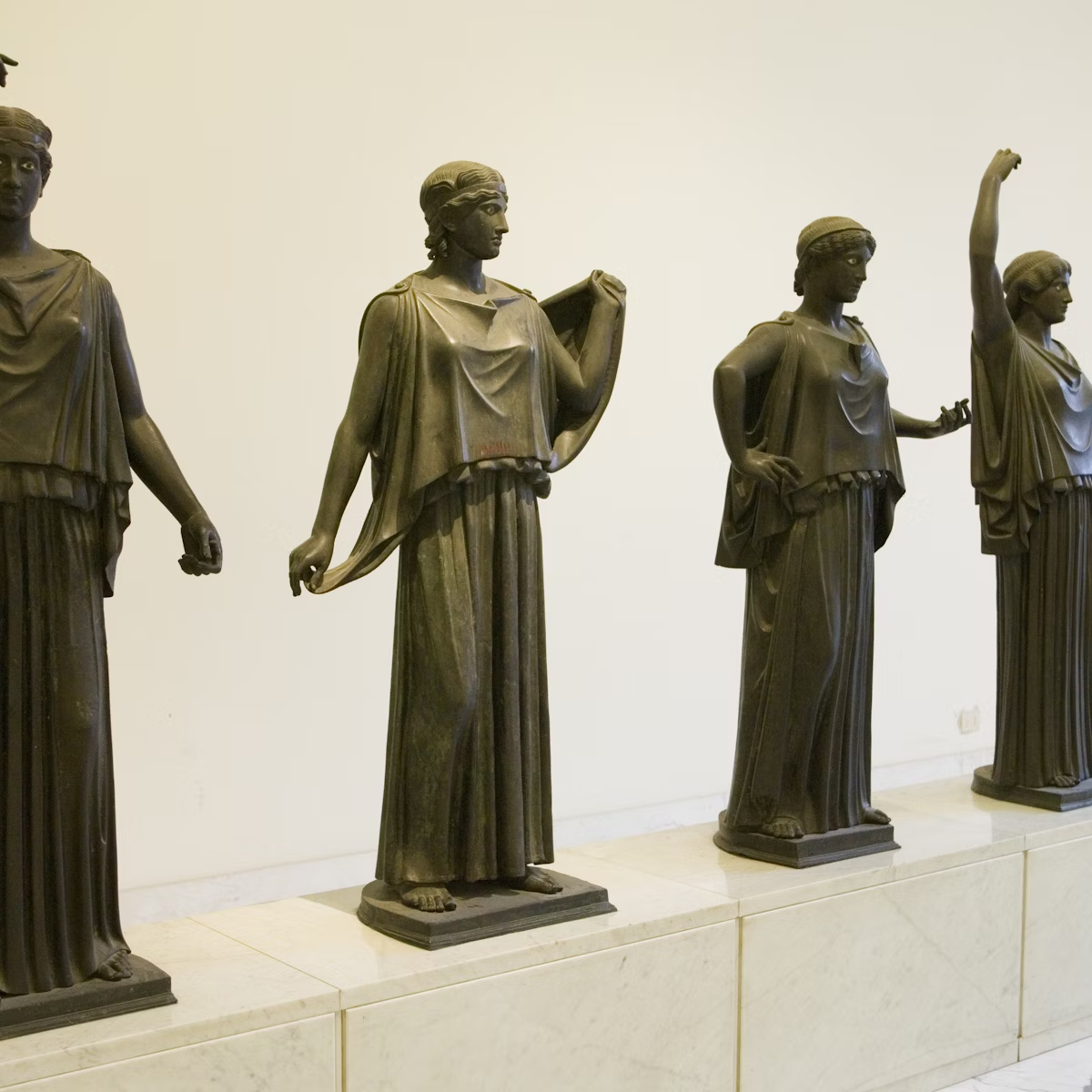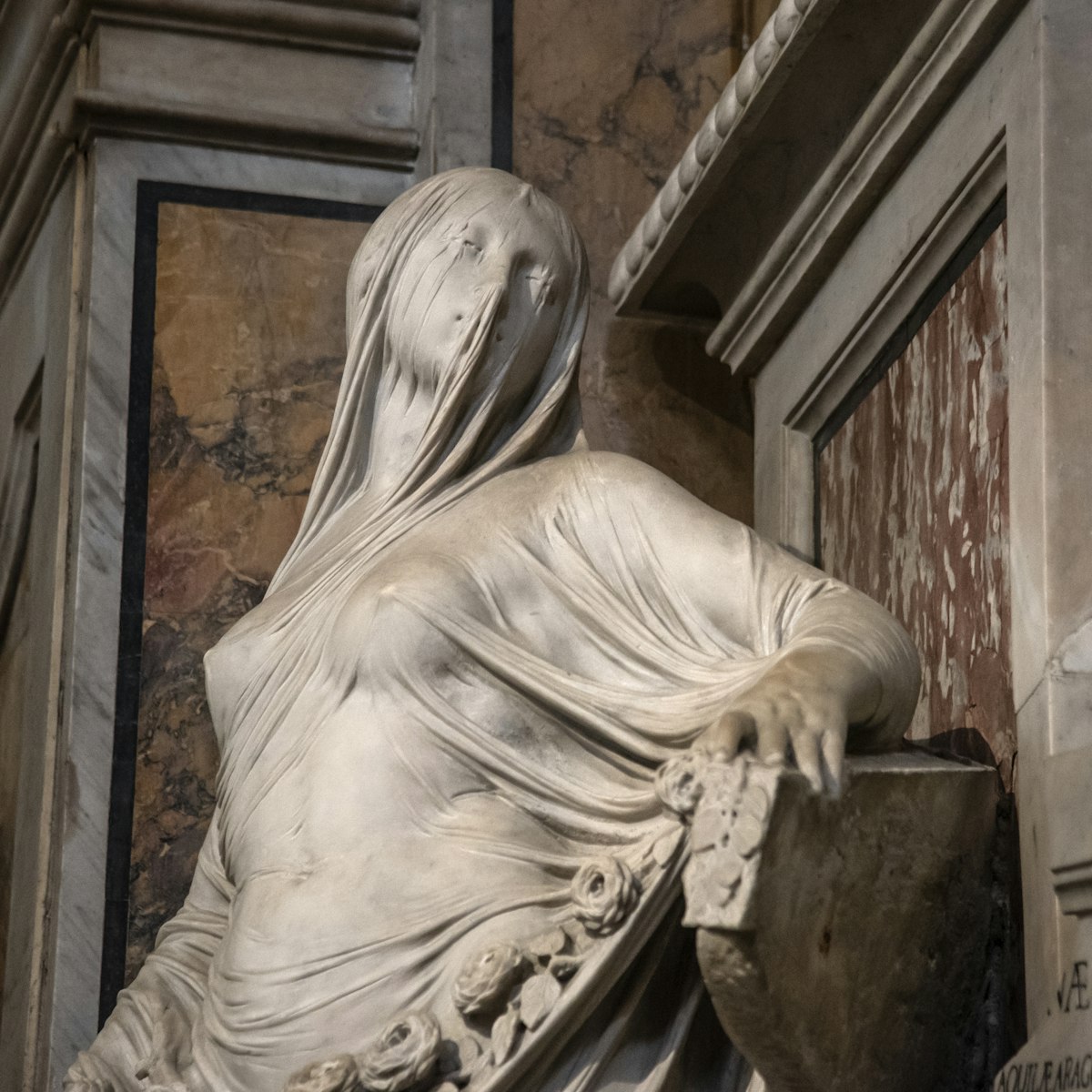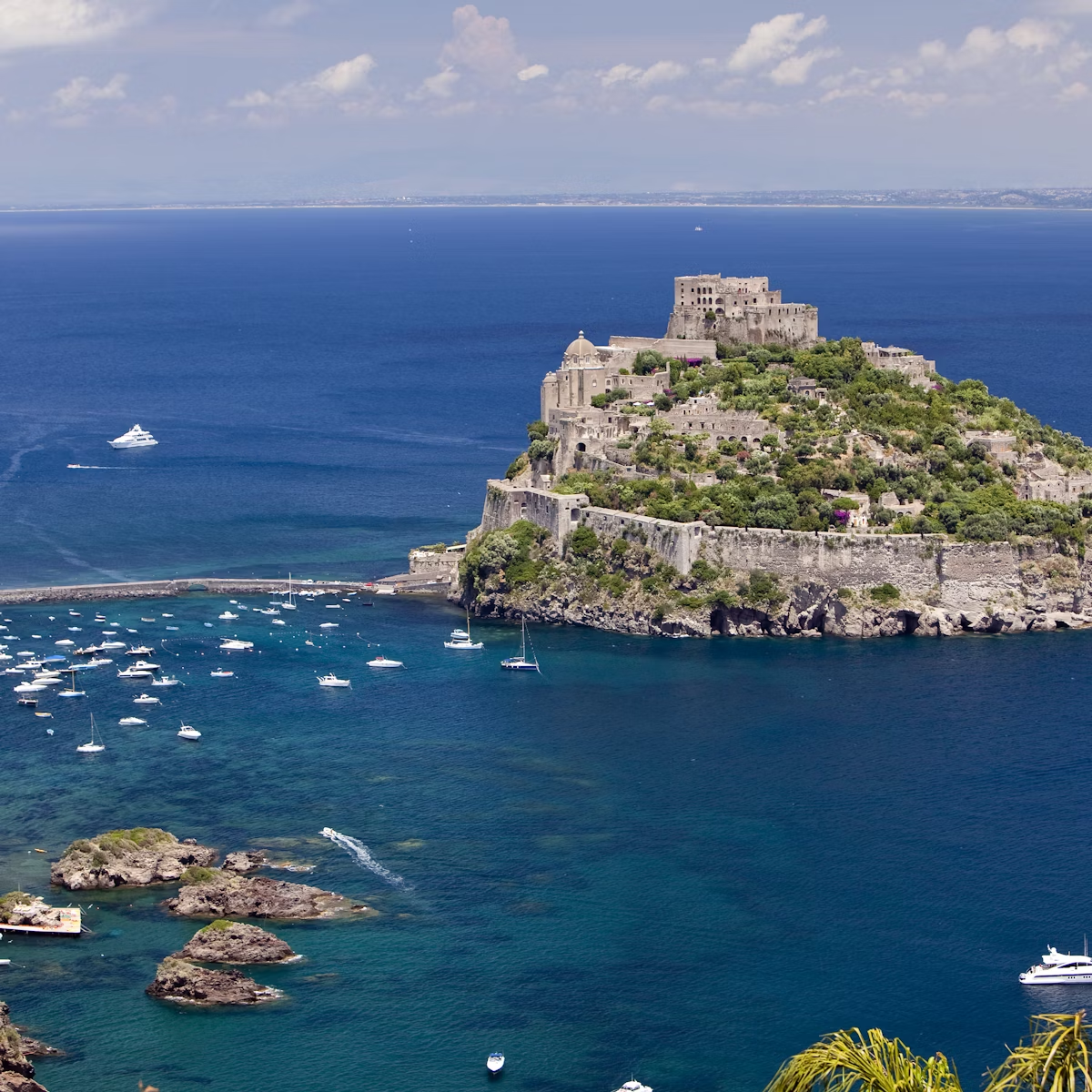Dating back to the 8th century BC, Cuma was the first Greek settlement on the Italian mainland. Its ruins are shrouded in ancient mythology: in Virgil's The Aeneid, the Antro della Sibilla Cumana (Cave of the Cumaean Sibyl) is where the oracle reputedly passed on messages from Apollo. The ancient Roman poet, probably inspired by a visit to the cave himself, writes of Aeneas coming here to seek the sibyl, who directs him to Hades (the underworld), entered from nearby Lago d'Averno.
More prosaic are recent studies that maintain that the 130m-long trapezoidal tunnel was actually built as part of Cuma's defence system.
Even more fantastical is the Tempio di Apollo (Temple of Apollo), built on the site where Daedalus is said to have flown in Italy. According to Greek mythology, Daedalus and his son Icarus took to the skies to escape King Minos in Crete. En route Icarus flew too close to the sun and plunged to his death as his wax-and-feather wings melted from the heat. At the top of the ancient acropolis stand the ruins of the Tempio di Giove (Temple of Jupiter). Dating back to the 5th century BC, it was later converted into a Christian basilica, of which the remains of the altar and the circular baptismal font are visible.
From the Fusaro Cumana station, walk 150m north to Via Fusaro, from where Cuma-bound EAV buses run roughly every 30 minutes Monday to Saturday and every hour on Sunday.







